From Gaming to Game Development: What Teens Can Achieve with Programming Classes
From Gaming to Game Development: What Teens Can Achieve with Programming Classes
Video gaming is more than just fun. Designing games teaches users problem analysis, creativity and coding skills. Many enthusiastic teenagers love talking about video games, but few actually create them. A programming class helps students create their first game. It also prepares them for careers in video game development and software engineering. Knowing game mechanics can change a fun hobby into a lifelong career in gaming.
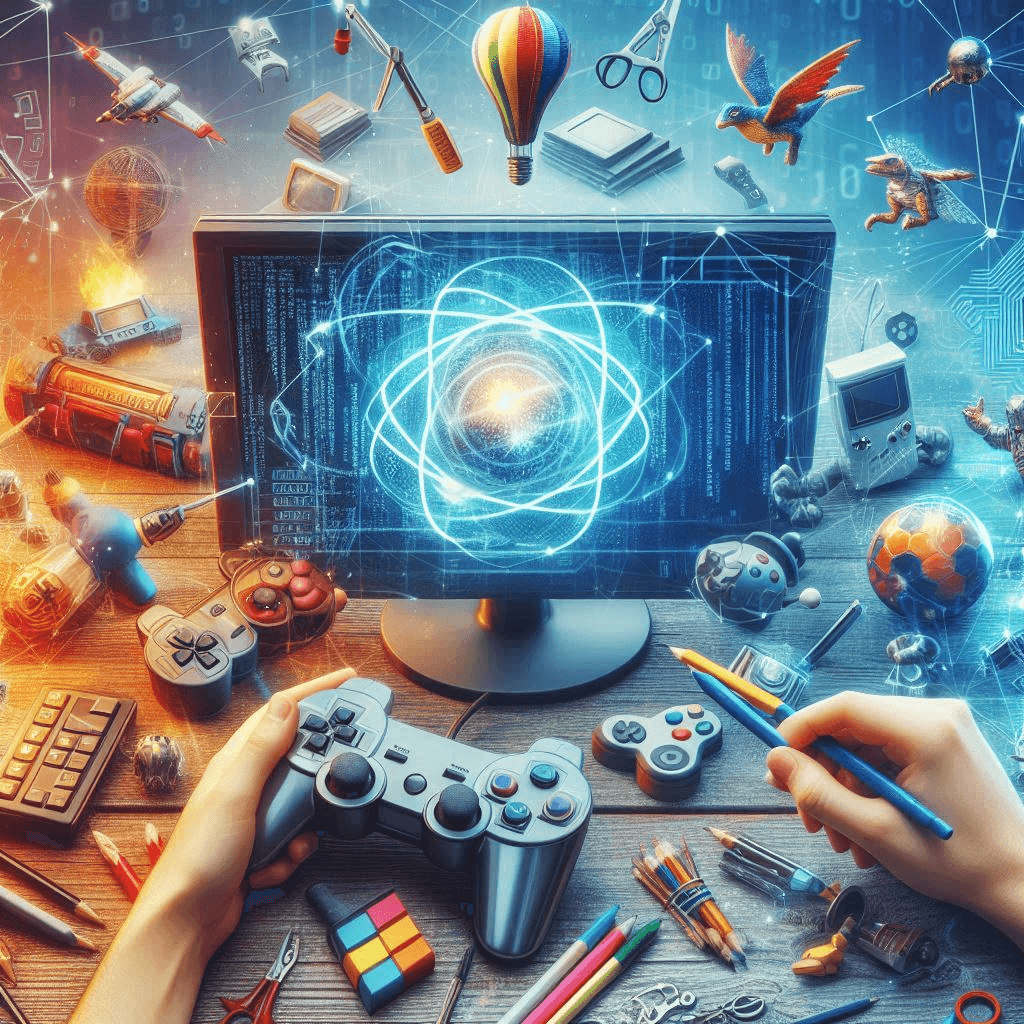
Why Teens Love Video Games and Why They Should Build Them
Teens can now create video games instead of just playing them. This lets them dive into the gaming world. They develop stories, design environments, code and solve complex problems.
Game development will develop logical thinking- A kid can learn how the game logic works and how real-world math and physics concepts are involved in game engines and rendering graphics.
It gives practical knowledge of coding- Understanding game logic will help better programming skills in Java, Python, and C#, which are important languages associated with video game programming.
Encourages critical thinking: Clear thinking is key when designing a level, character or challenge. This is just like how professional game developers work in production companies.
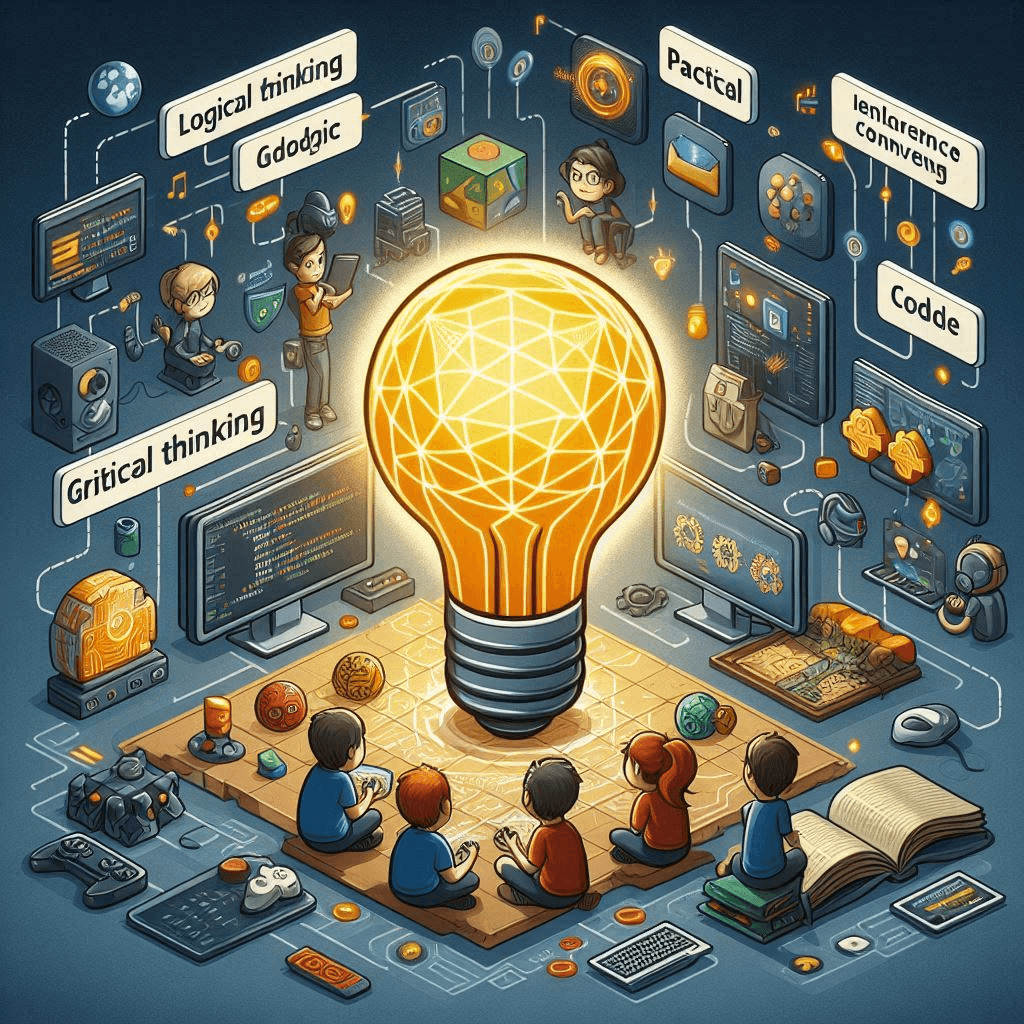
Creating a game makes a player feel accomplished while motivating them to delve further into game programming, making the transition from arcade game player to game developer easier.
In fact, teens can learn collaboration and gameplay refining from developing rudimentary games or joining game jams with other game programmers and other developers. These experiences help young developers get ready for the gaming world. They can work on indie projects or join big companies.
What Programming Classes Teach Teens About Video Game Development
Game development blends creativity and technology. Teens can use video games to create real-life experiences. Game development classes for teens teach students how to code and build game worlds from scratch. They also help teens see how programmers, designers and developers collaborate in a game studio.
By learning programming languages like Python, C# and C++, the students learn about video game programming and how game logic controls aspects of engaging games like character movement, enemy behaviour, and player interaction. Understanding music and sound effects, rendering graphics and AI programming contribute to making their developed games more immersive. They also explore how video game revenues are made. They focus on what makes hit games successful with gamers.
Exploring Game Development Software for Teens
Each game engine teaches a different skill set, providing access to game development for teens to all learners. Development skills can be applied by students using popular game engines, regardless of language familiarity whether they are making a simple game or a more complex project.
Scratch - Best for beginners to work block-based coding with game logic and concepts that can be learned through visual programming. Best used for the creation of arcade games and basic games.
Unity (C#) - One of the best-known game engines and a professional tool for making 2D and 3D games. It supports cross-platform development, allowing game creation for mobile or PC.
Godot (Python/GDScript) - This light and open-source engine is very flexible when making games with scripting languages such as Python. Great for projects made with small teams, also suits indie dev development.
Unreal Engine (C++) - With its graphically intensive engines, decent for professional game development. This allows the high-level rendering of interactive environment creation and hit games that use complex game mechanics.
By working with these tools, teens learn game programming, character animation, development process and game code architecture, thus preparing them for real-world video game development companies.
From Playing to Programming: The Power of Video Game Programming
Game programming is more than just coding, it requires problem-solving, logic and mathematical skills. Most developers in the gaming industry use programming languages like C++ and Python to create multiplayer games and interactive environments. Key concepts include:
Game physics and logic – Application of real-world physics in most games; that is the way objects would run and behave realistically.
Artificial Intelligence – Enemy behaviours, pathfinding and player interaction to create more interesting games.
Mathematical algorithms – Application of probability, geometry and vector calculations to enhance game play.

From theory to practice, young people will move from playing games, developing them to making their move. They learn through attending game jams, huddling with other developers and learning how to team up with other small groups to experience working in the industry. Most of them do not work on full commercial games but rather on early access projects or free games to showcase their work.
It prepares teens to pursue careers in video game development, software engineering and even data science with a specialization in video game programming. Whether they work for mega-companies in the game industry or pursue indie dev projects, programming classes prepare them well suited to that success.
With structured lessons, teens can transition from playing games to programming their ownmobile games.
Career Opportunities in Video Game Development for Teens
The gaming industry is growing, offering exciting career options for teens who love video games. Before diving into game development for teens can explore various roles that help bring video games to life:
Game Developer – This person codes the mechanics and the logic functionality of the game. Developers create the game's interactive features. They use programming languages like C++, Python, and C#. Game development is a team effort. Developers, designers and artists all work together. They create a world that captivates players. It also needs to run well on all gaming platforms.
Game Designer – They design characters, levels and storylines and are thus very creative. Game designers focus on player experience. They make sure the gameplay is fun and immersive. They design interactive environments with music and sound effects to maximize player experience.
Games Tester – A tester assesses a game in development to find bugs and glitches. This job is to ensure that most games run smoothly and that gameplay offers a seamless experience.
AI Programmer – AI programming enhances mechanics within the game, as well as fun and challenging multiplayer experiences.
Even if they do not go directly into the more traditional notion of a gaming career, all these skills are good to have in software development, animation, or any other tech-oriented industry. This also prepares teens for roles in game development companies and development teams working on games.
How Programming for Games Boosts Confidence and Creativity
Game development teaches many important life skills. These include well-being, problem-solving, creativity and independence.
Problem Solving - Navigating complex game logic takes patience and clear thinking. Debugging can be tough. Problems get broken down into smaller parts, allowing for structured and efficient solutions. This process sharpens analytical skills. Players also develop logical reasoning through game mechanics. They ensure interactive environments respond accurately to user input. These problem-solving skills are valuable in data science, software development, and game programming.
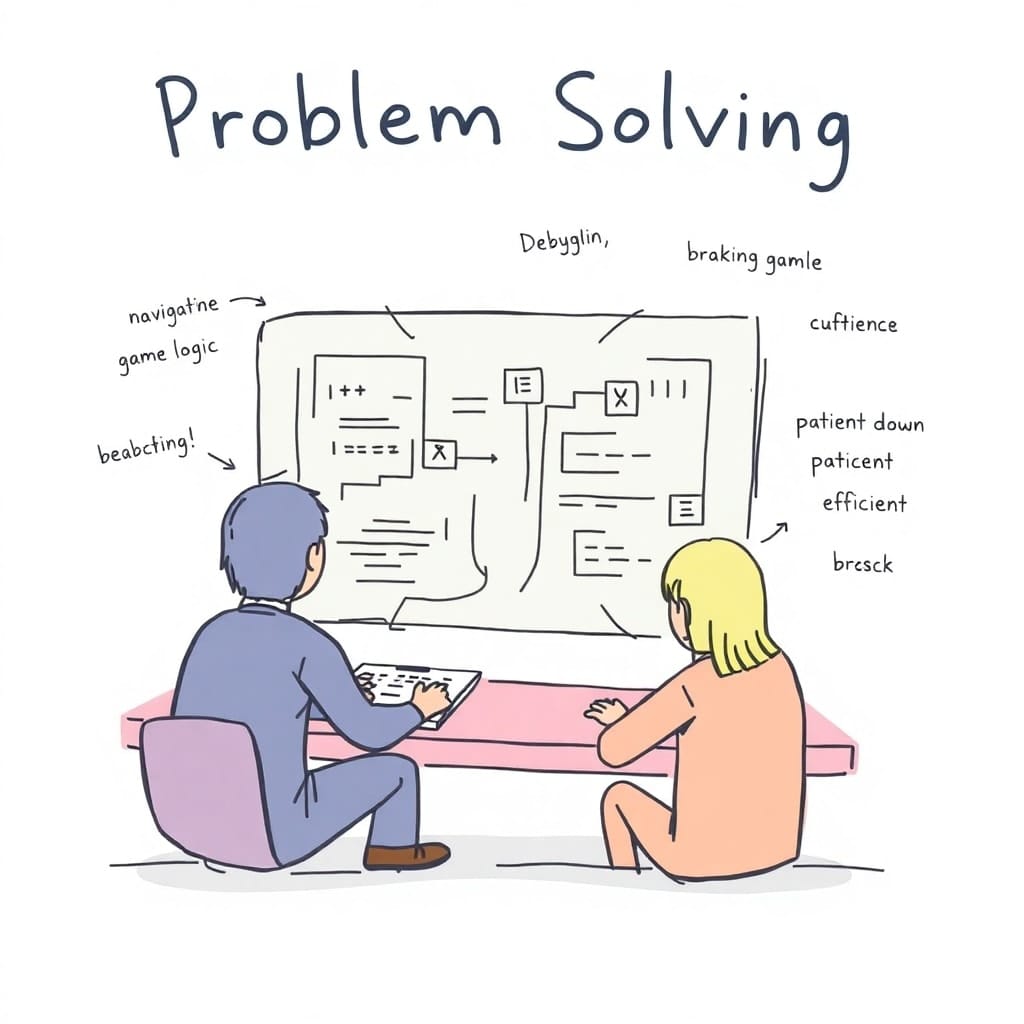
Enhances Creativity - Developing characters, levels, and storylines lets teens express their creativity. They build immersive worlds for games using art, graphics, music and sound effects. By using different game engines and scripting languages, players create games they connect with. Creative freedom boosts their storytelling skills. It also helps them understand how to engage with the audience, making experiences more memorable.
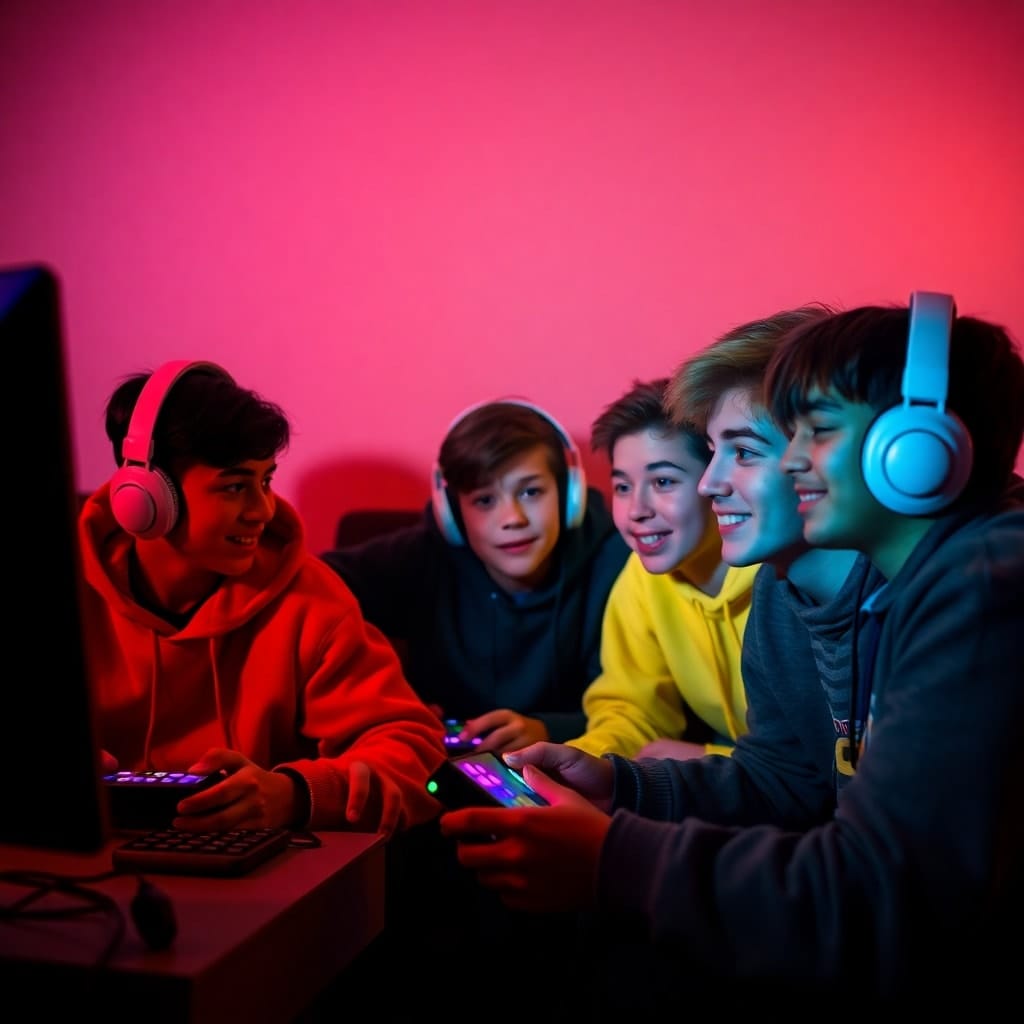
Cultivates Independence- Letting teens lead a game project from start to finish empowers them. They learn task management and self-discipline as they face challenges and produce a finished product. This skill grows when they work in small teams during game jams or collaborative projects. These experiences get them ready for real-world development teams in gaming and tech.

Game development for teens builds valuable skills. These skills help them in gaming and in life. They build resilience, adaptability and confidence, all of which are keys to success in any career.
Conclusion
Teenage people can learn coding through the video game development platform, which is fun and educational. By learning video game programming through organized classes, students can convert their passion into a career that involves video game programmer, game designer, or maybe just building games for fun. Innovations in game development really allow unlocking thrilling doors of opportunities in the industry.
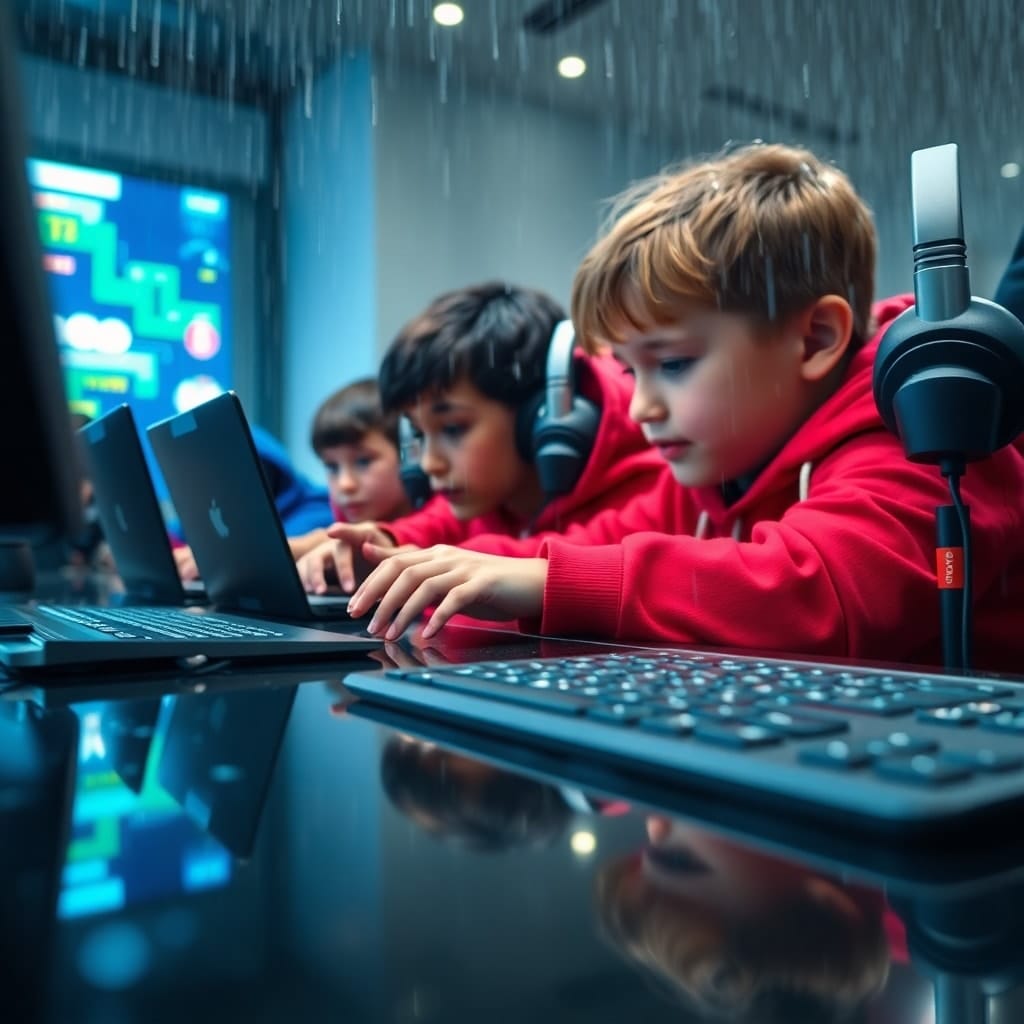
Video Game Development - FAQs
What essential skills can teens learn in programming for games, and how do these help them create their own games?
Video games development help teenagers learn important skills. They learn video game programming, coding, game logic, and problem-solving skills by playing. C#, Python and C++ are the programming languages that game developers use in their work. Understanding game mechanics also allows them to develop interactive experiences. They learn how to create a game world from scratch. Teens get creative with character designs and storylines. They turn ideas into playable video games. These skills are valuable for careers in game development for teens and beyond.
What are some beginner-friendly game development software tools that make game development for teens accessible?
Many game engines make game development easy for beginners. Scratch uses block coding, allowing users to create simple games without complex syntax.
Unity lets teenagers use C# to build 2D or 3D interactive environments, similar to professional game developers. It’s a platform where games are created, providing excellent training opportunities.
Godot is an easy-to-use platform for creating 2D and 3D scenes. It uses a scripting language similar to Python. Unreal Engine, on the other hand, uses C++ and is known for its high-quality graphics, essential for creating popular games. These tools make experimentation and learning easier for everyone.
What are the key elements of video game design that teens can explore in programming classes?
Programming classes make teens engage with major aspects of video game design in important concepts including character designing, level building and game mechanics. Such game design must be interactive as one makes an imaginary game world that responds to the player. Graphics, Theme Art, and Music and Sound Effects complement such experience. Game physics and AI development assist in bringing characters to life with realistic movements and intelligent behaviours.
Grasping these concepts allows teenagers to design games that would attract the audience and help them live the experiences created.
How can programming classes empower teens to transition from being gamers to video game developers?
Programming classes guide teens on a journey to create their video games, not just play them. They learn video game programming, scripting languages and design principles. They can build their game worlds while learning about development.This includes prototyping, testing, and fine-tuning the gameplay mechanics. Such skills equip teens to work in game development studios or as indie developers.
What are the career opportunities for teens who start early with video game development?
A career in game development opens up many exciting opportunities. They can explore game programming, game design, and AI programming for multiplayer games. They can join development teams at top game companies or join indie dev studios, contributing to hit games on various gaming platforms. They will help create popular games for different platforms. Skills from game programming help in data science, animation, and software engineering. With the rise of cross-platform development and mobile devices, the need for skilled game developers is growing.
Comments
Your comment has been submitted successfully!